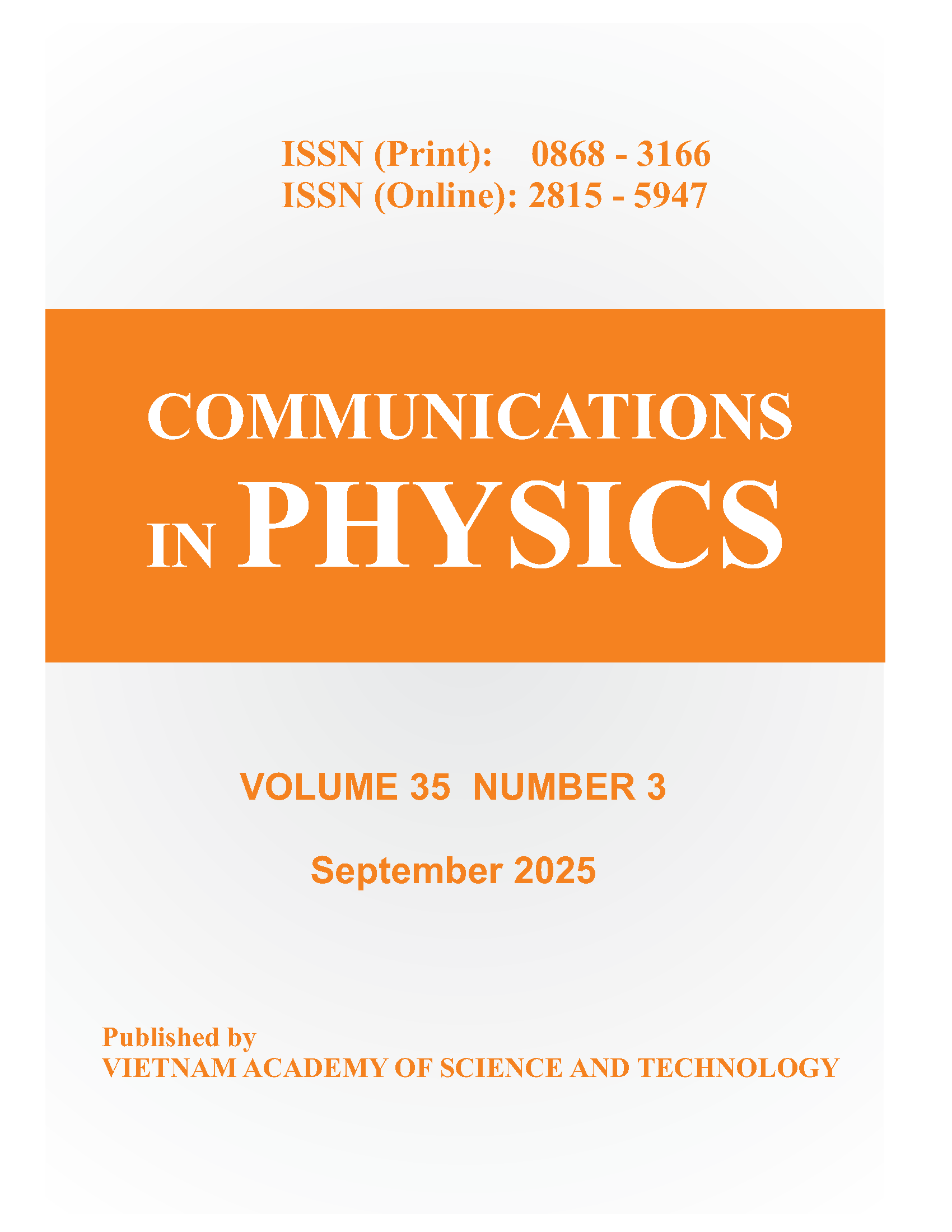Influence of Bath Composition on the Electrodeposited \(\text{Co-Ni-P}\) Nanowires
Author affiliations
DOI:
https://doi.org/10.15625/0868-3166/24/3S1/5232Keywords:
electrodeposition, nanowire arrays, magnetic anisotropy, pH values, CoNiPAbstract
CoNiP nanowire arrays were fabricated by electrodeposition method into polycarbonate (PC) templates at different pH values. It is obvious that the crystal structure of the CoNiP nanowires depends on the pH values of electrolyte. The XRD results show that crystal structure of the CoNiP nanowires is hcp structure and the intensity of the hcp (002) increased enhances as solution pH =5. Magnetic measurements indicate a dependence of the squareness and the coercivity of the magnetization hysteresis loop on pH values with a maximum coercivity of 1425 Oe. The morphological properties of CoNiP nanowires were studied by transmission electron microscopy (TEM). The chemical composition was determined by examination of the energy dispersive X-ray (EDS) spectra and the magnetic properties were measured by vibrating sample magnetometry (VSM).Downloads
Downloads
Published
How to Cite
Issue
Section
License
Communications in Physics is licensed under a Creative Commons Attribution-ShareAlike 4.0 International License.
Copyright on any research article published in Communications in Physics is retained by the respective author(s), without restrictions. Authors grant VAST Journals System (VJS) a license to publish the article and identify itself as the original publisher. Upon author(s) by giving permission to Communications in Physics either via Communications in Physics portal or other channel to publish their research work in Communications in Physics agrees to all the terms and conditions of https://creativecommons.org/licenses/by-sa/4.0/ License and terms & condition set by VJS.











